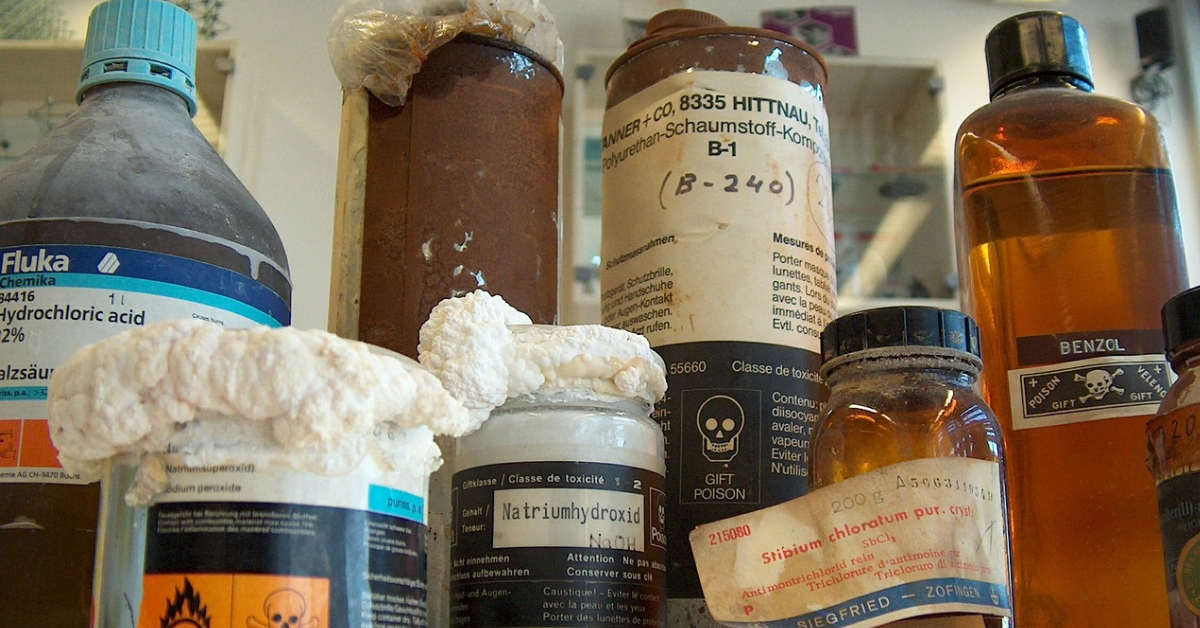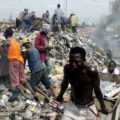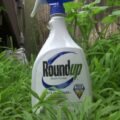Nigeria produces more than 3 million tons of waste annually, and uncontrolled waste burning is one of the practices that contribute to deteriorating air quality. Almost every Nigerian is exposed to air pollution levels exceeding WHO guidelines and inflicting significant air pollution damage costs.
Despite these poor credentials the Nigerian government has declared its commitment to the development of comprehensive risk management strategies aimed at pollution prevention and risk elimination; establishment of environment and health surveillance programmes; knowledge and information sharing among key sectors and stakeholders; strengthening of national strategies for prevention, detection and control of illegal traffic in hazardous chemicals; substitution of toxic chemicals with less harmful alternatives; promotion of more environment-friendly practices by industries; and sustained public awareness campaigns and education on sound management of chemicals. In this article, we’ll explore the correct way to dispose of chemicals, the different categories of hazardous waste, identifying and reducing potential fire hazards, and the importance of risk assessment.
Categories of hazardous waste
There are many different types of hazardous waste. Some categories have their own subcategories of waste, while other types might fall into certain hazardous waste categories because they display specific characteristics (such as ignitability, corrosivity, reactivity, and toxicity). Additionally, some chemical products can be hazardous after they’ve been disposed of.
Listed Wastes
These can be identified in a series of different lists.
F-List: This refers to wastes created as a result of common manufacturing and industrial processes, known as ‘non-specific source waste’ due to their production in multiple industries.
K-List: These are wastes created from specific industries such as petroleum refining or pesticide manufacturing, also known as ‘source-specific wastes’.
Pi-List and U-List: Consists of wastes created by commercial chemical products being discarded in their unused form which become hazardous when thrown away.
Characterized Waste
These comprise waste materials that meet one or more of the characteristics of hazardous waste.
Ignitability: Can the waste create fire in certain conditions, is it spontaneously combustible, or have a flash point less than 60°C?
Corrosivity: Can it corrode metallic containers? If the pH level is 2 and under or 12.5 and above, then it should be considered hazardous.
Reactivity: Unstable materials that can cause explosions, toxic fumes, gases, or vapors when heated, compressed, or mixed with water.
Toxicity: When certain materials are disposed of, the toxicity can be absorbed into the ground, contaminating the water as a result.
Universal Waste
Waste is caused by household items, such as batteries, lamps, and equipment containing mercury.
Mixed Waste: Waste that contains both radioactive and hazardous components, generated by medical, pharmaceutical, nuclear, and other energy industries.
Methods of Disposal
The improper disposal of chemicals is forbidden by law in most countries including Nigeria, so it’s important to adhere to correct procedures as strictly as possible.
It may be a case that you need to wash chemicals down the drain with plenty of water. This can apply to the following:
- Concentrated and diluted acids and alkalis
- Harmless soluble inorganic salts
- Alcohols containing salts
- Hypochlorite solutions
- Fine silica and alumina
Any material appearing on the Red List should, under no circumstances, be washed down a drain. The following materials should be disposed of via incineration:
- All organic solvents
- Soluble organic waste
- Paraffin and mineral oil
Controlled waste: waste that’s suitable for refuse collection from the local authority can, for the most part, be placed in your everyday waste bin. However, your lab must also have a container for certain other items, such as broken glassware, sharp objects, dirty samples, or other items contaminated with chemicals.
Hazardous waste regulations
Ensure you understand the properties of hazardous waste. If you are involved in producing, transporting or receiving hazardous waste then you are responsible for it as outlined by Hazardous Waste Regulations.
Potential Fire Hazards
In a lab environment, potential fire hazards can be numerous, so it’s important to treat and handle combustibles in the appropriate manner. Consider limiting superfluous materials in the lab, and where you can, keep these materials from heat sources and store them at least 18 inches below the ceiling.
Ensure these items are appropriately labeled and stored in the correct cabinets. Do not allow them to be kept on benches or on incorrect shelving, and when pouring such liquids with a low flash point from a large container, ground the container to minimize the development of static charge.
Risk Assessment
When using chemicals at work, you are required by law to control their usage by assessing the risks, therefore implementing and maintaining effective control measures. These measures must be specified in writing and fully implemented to prevent accidents in the workplace.
Consider when spills or splashes are likely to occur when substances might be inhaled, swallowed or absorbed by the skin, and how likely is the potential occurrence of exposure.
Standard Procedure for Waste Disposal
- All containers submitted for disposal must be clearly labeled with the complete chemical name(s) of all waste in the container or product name.
- All containers must be in good condition without leaks, the outside of the container must be free from contamination, and lids or covers must be securely in place.
Original containers should be used whenever possible. However, if these are not available, the following rules apply:
- If possible, collect waste in containers no larger than one gallon or four liters.
- Never fill any container of liquid completely full. For a one-gallon bottle, allow at least two inches of free air space at the top of the containers to prevent pressure build-up.
- Dry materials contaminated with chemicals (paper, rags, towels, wipes, or spill contaminated materials) must be double bagged in heavy-duty plastic bags. Tape all containers of chemically-contaminated dry materials securely shut and label the outside of any container clearly with descriptions of its contents and the chemical contaminants. Biologically contaminated glassware and sharps should be placed into appropriate sharps containers.
- If you are packing glass containers for disposal, they must be placed in a well-padded box to prevent bumping and breakage.
- Every item in the box must be tagged as described above and inventoried on a Request for Disposal form, per the following instructions:
Name – Name of the individual responsible for supervising the process of generating the waste.
Department – Name of organization generating the waste.
Phone Number – Phone number of a person to contact regarding waste
Alternate Contact – Name of individual to contact if the primary contact is not available.
Contents – Specific, full chemical name, no formulas or abbreviations. Product names or trade names are acceptable if the manufacturer’s name and address or a material safety data sheet can be supplied with the material. Avoid vague statements such as “hydrocarbons,” “organic waste,” and “various salts”.
Percentage – Percentage of the total volume to which each chemical amount is equal (percentage for each tag number should add up to 100%).
Amount – Total volume or weight of the chemical in the container.
Size of Container – Indicate the size of the container, such as “500 mL”, “4 Liter”, etc.
Container Is – Indicate P (plastic), G (glass), or M (metal).
Physical State – Indicate if the material is a solid (S), liquid (L), or gas (G).
Signature – The signature of the individual responsible for supervising the process of generating the waste, stating that the materials listed are fully and accurately described and are packaged and labeled according to standard procedures. ALSO SEE:How To Properly Dispose Pharmaceutical Waste






